Part III
Reading Comprehension
(40 minutes)
Section A
Directions: In this section, there is a passage with ten blanks. You are required to select one word for each blank from a list of choices given in a ward bank following the passage. Read the passage through carefully before making your choices Each choice in the bank is identified by a letter. Please mark the corresponding letter for each item on Answer Sheet 2 with a single line through the centre. You may not use any of the words in the bank more than once.
Questions 36 to 45 are based on the following passage.Innovation, the elixir (灵丹妙药) of proGREss, has always cost people their jobs.In the Industrial Revolution hand weavers were36 aside by the mechanical many of theloom. Over the past 30 years the digital revolution has 37 mid-skill jobs that underpinned 20th-century middle-class life. Typists, ticket agents, bank tellers and many production-line jobs have been dispensed with, just as the weavers were.
For those who believe that technological proGREss has made the world a better place, such disruption is a natural part of rising some jobs, it creates new and better ones, as a more richer and its wealthier inhabitants demand more goods and services. A hundred years ago one in three American workers was on a farm. Today less than 2% 38 . Although innovation kills 39 society becomes 40 of them produce far more food. The millions freed from the land were not rendered 41 , but found better-paid work as the economy GREw more sophisticated. Today the pool of secretaries has 42 , but there are ever more computer programmers and web designers.
Optimism remains the right starting-point, but for workers the dislocating effects of technology may make themselves evident faster than its 43 . Even if new jobs and wonderful products emerge, in the short term income gaps will widen, causing huge social dislocation and perhaps even changing politics. Technology’s
44 will feel like a tornado (旋风), hitting the rich world first, but 45 sweeping through poorer countries too. No government is prepared for it.
注意:此部分试题请在答题卡 2 上作答。
A) benefits
B) displaced
C) employed
D) eventually
E) impACT
I) prosperity
J) responsive
K) rhythm
L) sentiments
M) shrunk
F) jobless
N) swept
G) primarily
H) productive
O) withdrawn
Section B
Directions: In this section, you are going to read a passage with ten statements attached to it. Each statement contains information given in one of the paragraphs. Identify the paragraph from which the information is derived.You may choose a paragraph more than once. Each paragraph is marked with a letter. Answer the questions by marking the corresponding letter on Answer Sheet 2.
Inequality: It doesn’t have to be this way
[A] An dangerous trend has developed over this past third of a century. A country that experienced shared growth after World War II began to tear apart, so much so that when the GREat Recession hit in late 2007, one could no longer ignore the fissures that had come to define the American economic landscape.
How did this “shining city on a hill” become the advanced country with the GREatest level of inequality?
[B] Over the past year and a half, “The GREat Divide,” a series in the New York Times for which I have served as moderator, has also presented a wide range of examples that undermine the notion that there are any truly fundamental laws of capitalism. The dynamics of the imperial capitalism of the 19th century
needn’t apply in the democracies of the 21st. We don’t need to have this much inequality in America.
[C] Our current brand of capitalism is a fake capitalism. For proof of this, go back to our response to the GREat Recession, where we socialized losses, even as we privatized gains. Perfect competition should drive profits to zero, at least theoretically, but we have monopolies and oligopolies making persistently
high profits. CEOs enjoy incomes that are on average 295 times that of the typical worker, a much higher ratio than in the past, without any evidence of a proportionate increase in productivity.
[D] If it is not the inexorable laws of economics that have led to America’s GREat divide, what is it? The straightforward answer: our policies and our politics. People get tired of hearing about Scandinavian success stories, but the fACT is that Sweden, Finland and Norway have all succeeded in having about as much
or faster growth in per capita incomes as the United States and with far GREater equality.
[E] So why has America chosen these inequality-enhancing policies? Part of the answer is that as World War II faded into memory, so did the solidarity it had engendered. As America triumphed in the Cold War, there didn’t seem to be a viable competitor to our economic model. Without this international
competition, we no longer had to show that our system could deliver for most of our citizens.
[F] Ideology and interests combined viciously. Some drew the wrong lesson from the collapse of the Soviet system. The pendulum swung from much too much government there to much too little here. Corporate interests argued for getting rid of regulations, even when those regulations had done so much to
protect and improve our environment, our safety, our health and the economy itself. But this ideology was hypocritical. The bankers, among the strongest advocates of laissez-faire economics, were only too willing to accept hundreds of billions of dollars from the government in the bailouts that have been a
recurring feature of the global economy since the beginning of the Thatcher-Reagan era of “free” markets and deregulation.
[G] The American political system is overrun by money. Economic inequality translates into political inequality, and political inequality yields increasing economic inequality. In fACT, as he recognizes, Piketty’s argument rests on the ability of wealth-holders to keep their after-tax rate of return high relative to
economic growth. How do they do this? By designing the rules of the game to ensure this outcome.
[H] So corporate welfare increases as we curtail welfare for the poor. ConGREss maintains subsidies for rich farmers as we cut back on nutritional support for the needy. Drug companies have been given hundreds of billions of dollars as we limit Medicaid benefits. The banks that brought on the global financial crisis
got billions, while a pittance went to the homeowners and victims of the same banks’ predatory lending prACTices. This last decision was particularly foolish. There were alternatives to throwing money at the banks and hoping it would circulate through increased lending. We could have helped underwater
homeowners and the victims of predatory behavior directly. This would not only have helped the economy, it would have put us on the path to robust recovery.
[I] Our divisions are deep. Economic and geographic seGREgation have immunized those at the top from the problems of those down below. Like the kings of yore, they have come to perceive their privileged positions essentially as a natural right. How else to explain the recent comments of the venture capitalist Tom Perkins, who suggested that criticism of the 1 percent was akin to Nazi fascism, or those coming from the private equity titan Stephen A. Schwarzman, who compared asking financiers to pay taxes at the same rate as those who work for a living to Hitler’s invasion of Poland?
[J]
Our economy, our democracy and our society have paid for these gross inequities. The true test of an economy is not how much wealth its princes can accumulate in tax havens, but how well off the typical citizen is — even more so in America, where our self-image is rooted in our claim to be the GREat middle-class society. But median incomes are lower than they were a quarter-century ago. Growth has gone to the very, very top, whose share has almost quadrupled since 1980. Money that was meant to have trickled down has instead evaporated in the balmy climate of the Cayman Islands.
[K] With almost a quarter of American children younger than 5 living in poverty, and with America doing so little for its poor, the deprivations of one generation are being visited upon the next. Of course, no country has ever come close to providing complete equality of opportunity. But why is America one of the advanced countries where the life prospects of the young are most sharply determined by the income and education of their parents?
[L] Among the most poignant stories in The GREat Divide were those that portrayed the frustrations of the young, who yearn to enter our shrinking middle class. Soaring tuitions and declining incomes have resulted in larger debt burdens. Those with only a high school diploma have seen their incomes decline by 13
percent over the past 35 years.
[M] Where justice is concerned, there is also a yawning divide. In the eyes of the rest of the world and a significant part of its own population, mass incarceration has come to define America — a country, it bears repeating, with about 5 percent of the world’s population but around a fourth of the
world’s prisoners.
[N] Justice has become a commodity, affordable to only a few. While Wall Street executives used their high-retainer lawyers to ensure that their ranks were not held accountable for the misdeeds that the crisis in 2008 so graphically revealed, the banks abused our legal system to foreclose on mortgages and
evict people, some of whom did not even owe money.
[O] More than a half-century ago, America led the way in advocating for the Universal Declaration of Human Rights, adopted by the United Nations in 1948. Today, access to health care is among the most universally accepted rights, at least in the advanced countries. America, despite the implementation of the
Affordable Care ACT, is the exception. It has become a country with GREat divides in life expectancy, health status and access to health care.
[P] We need not just a new war on poverty but a war to protect the middle class. Solutions to these problems do not have to be newfangled. Far from it. Making markets ACT like markets would be a good place to start. We must end the rent-seeking society we have gravitated toward, in which the wealthy obtain
profits by manipulating the system.
注意:此部分试题请在答题卡2上作答。
46. In theory, free competition is supposed to reduce the margin of profits to the minimum.
47. The United States is now charACTerized by a GREat division between the rich and the poor.
48. America lacked the incentive to care for the majority of its citizens as it found no rival for its economic model.
49. The wealthy top have come to take privileges for granted.
50. Many examples show the basic laws of imperial capitalism no longer apply in present-day America.
51. The author suggests a return to the true spirit of the market.
52. A quarter of the world’s prisoner population is in America.
53. Government regulation in America went from one extreme to the other in the past two decades.
54. Justice has become so expensive that only a small number of people like corporate executives can afford it.
55. No country in the world so far has been able to provide completely equal opportunities for all.
Section C
Directions: There are 2 passages in this section. Each passage is followed by some questions or unfinished statements. For each of them there are four choices marked A), B), C) and D). You should decide on the best choice and mark the corresponding letter on Answer Sheet 2 with a single line through the centre.
Passage One
Questions 56 to 60 are based on the following passage. When the right person is holding the right job at the right moment, that person’s influence is GREatly expanded. That is the position in which Janet Yellen,
who is expected to be confirmed as the next chair of the Federal Reserve Bank (Fed) in January, now finds herself. If you believe, as many do, that unemployment is the major economic and social concern of our day, then it is no stretch to think Yellen is the most powerful person in the world right now.
Throughout the 2008 financial crisis and the recession and recovery that followed, central banks have taken on the role of stimulators of last resort, holding up markets and the global economy with vast amounts of money in the form of asset buying. Yellen, previously a Fed vice chair, was one of the principal architects
of the Fed's $3.8 trillion money dump. A star economist known for her groundbreaking work on labor markets, Yellen was a kind of prophetess early on in the crisis for her warnings about the subprime (次级债) meltdown. Now it will be her job to get the Fed and the markets out of the biggest and most unconventional monetary program in history without derailing the fragile recovery. The good news is that Yellen, 67, is particularly well suited to meet these challenges. She has a keen understanding of financial markets, an appreciation for their imperfections and a strong belief that human suffering was more related to
unemployment than anything else.
Some experts worry that Yellen will be inclined to chase unemployment to the neglect of inflation. But with wages still relatively flat and the economy increasingly divided between the well-off and the long-term unemployed, more people worry about the opposite, deflation (通货紧缩 ) that would aggravate the economy's problems.
Either way, the incoming Fed chief will have to walk a fine line in slowly ending the stimulus It must be steady enough to deflate bubbles (去泡沫) and bring markets back down to earth but not so quick that it creates another credit crisis. Unlike many past Fed leaders, Yellen is not one to buy into the finance
industry's argument that it should be left alone to regulate itself. She knows all along the Fed was being too slack on regulation of finance. Yellen is likely to address the issue right after she pushes unemployment below 6%, stabilizes markets and makes sure that the recovery is more inclusive and
robust. As Princeton Professor Alan Blinder says, "She's smart as a whip, deeply logical, willing to argue but also a good listener. She can persuade without creating hostility." All those traits will be useful as the global economy's new power player takes on its most annoying problems.
注意:此部分试题请在答题卡2上作答。
56. What do many people think is the biggest problem facing Janet Yellen?
A) Lack of money.
B) Unemployment.
C) Subrprime crisis.
D) Social instability.
57. What did Yellen help the Fed do to tackle the 2008 financial crisis?
A) Take effective measures to curb inflation.
B) Deflate the bubbles in the American economy.
C) Formulate policies to help financial institutions.
D) Pour money into the market through asset buying.
58. What is a GREat concern of the general public?
A) Recession.
B) Inequality.
C) Deflation.
D) Income.
59. What is Yellen likely to do in her positon as the Fed chief?
A) Develop a new monetary program.
B) Tighten financial regulation.
C) Restore public confidence.
D) Reform the credit system.
60. How does Alan Blinder portray Yellen?
A) She possesses strong persuasive power.
B) She has confidence in what she is doing.
C) She is one of the world’s GREatest economists.
D) She is the most powerful Fed chief in history.
Passage Two
Questions 61 to 65 are based on the following passage.
Early decision — you apply to one school, and admission is binding — seems like a GREat choice for nervous applicants. Schools let in a higher percentage of early-decision applicants, which arguably means that you have a better chance of getting in. And if you do, you’re done with the whole agonizing process by December. But what most students and parents don’t realize is that schools have hidden motives for offering early decision.
Early decision, since it`s binding, allows schools to fill their classes with qualified students; it allows admissions committees to select the students that are in particular demand for their college and know those students will come. It also gives schools a higher yield rate, which is often used as one of the ways to measure college selectivity and popularity.
The problem is that this process effectively shortens the window of time students have to make one of the most important decisions of their lives up to that point. Under regular admissions, seniors have until May 1 to choose which school to attend; early decision effectively steals six months from them, months that could
be used to visit more schools, do more research, speak to current students and alumni (校友) and arguably make a more informed decision.
There are, frankly, an astonishing number of exceptional colleges in America, and for any given student, there are a number of schools that are a GREat fit. When students become too fixated (专注) on a particular school early in the admissions process, that fixation can lead to severe disappointment if they don’t get in or, if they do, the possibility that they are now bound to go to a school that, given time for further reflection, may not ACTually be right for them.
Moreover, the advantage early decision seems to give its applicants is probably not so GREat as the numbers might imply, since recruited student athletes (whose admission is all but guaranteed) and legacies (who have a much higher chance of admission) tend to apply through early decision, and the quality of applicants in
general tends to be higher. But insofar as early decision offers a genuine admissions edge, that advantage goes largely to students who already have numerous advantages. The students who use early decision tend to be those who have received higher-quality college guidance, usually a result of coming from a more privileged background. In this regard, there’s something of an ethical argument against early decision, as students from lower-income families are far less likely to have the admissions savvy to navigate the often confusing early deadlines. Students who have done their research and are confident that there’s one school they would be thrilled to get into should, under the current system, probably
apply under early decision. But for students who haven’t yet done enough research, or who are still constantly changing their minds on favorite schools, the early-decision system needlessly and prematurely narrows the field of possibility just at a time when students should be opening themselves to a whole range of thrilling options.
61. What are students obliged to do under early decision?
A) Look into a lot of schools before they apply.
B) Attend the school once they are admitted.
C) Think twice before they accept the offer.
D) Consult the current students and alumni.
62. Why do schools offer early decisions?
A) To make sure they get qualified students.
B) To avoid competition with other colleges.
C) To provide more opportunities for applicants.
D) To save students the agony of choosing a school.
63. What is said to be the problem with early decision for students?
A) It makes their application process more complicated.
B) It places too high a demand on their research ability.
C) It allows them little time to make informed choice.
D) It exerts much more psychological pressure on them.
64. Why are some people opposed to early decision?
A) It interferes with students’ learning in high school.
B) It is biased against students at ordinary high school.
C) It causes unnecessary confusion among college applicants.
D) It places students from lower-income families at a disadvantage.
65. What does the author advise college applicants to do?
A) Refrain from competing with students from privileged families.
B) Avoid choosing early decision unless they are fully prepared.
C) Find sufficient information about their favorite schools.
D) Look beyond the few supposedly thrilling options.
Part III Reading Comprehension
Section A
36. N) swept
37. B) displaced
38. I) prosperity
39. H) productive
40. C) employed
41. F) jobless
42. M) shrunk
43. A) benefits
44. E) impACT
45. D) eventually
Section B
46. C)
47. A)
48. E)
49. I)
50. B)
51. P)
52. M)
53. F)
54. N)
55. K)
Section C
Passage One
56. C) Unemployment.
57. D) Pour money into the market through asset buying.
58. B) Deflation.
59. C) Tighten financial regulation.
60. A) She possesses strong persuasive power.
Passage Two
61. B) Attend the school once they are admitted.
62. A) To make sure they get qualified students.
63. C) It allows them little time to make informed choice.
64. D) It places students from lower-income families at a disadvantage.
65. B) Avoid choosing early decision unless they are fully prepared.
更多六级内容请关注:长沙新东方六级
了解新东方六级课程请点击:六级

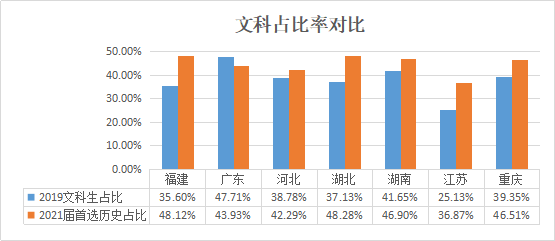










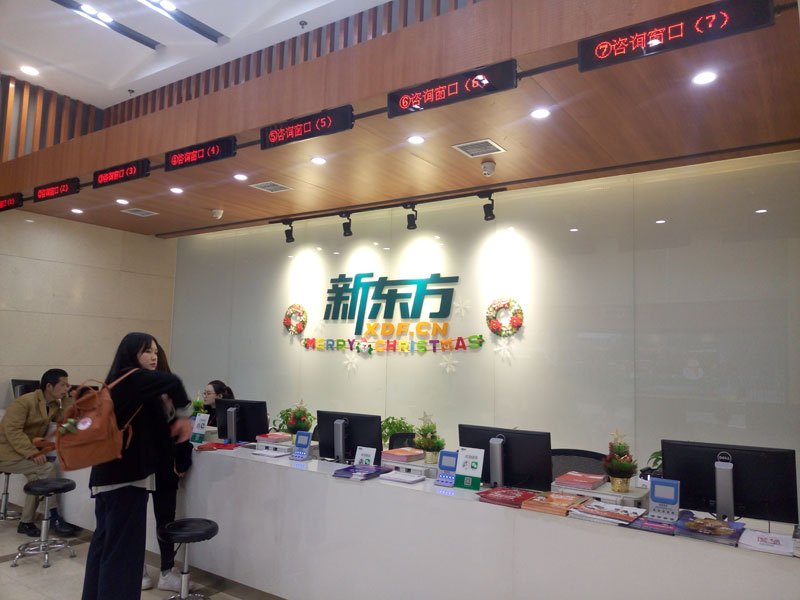
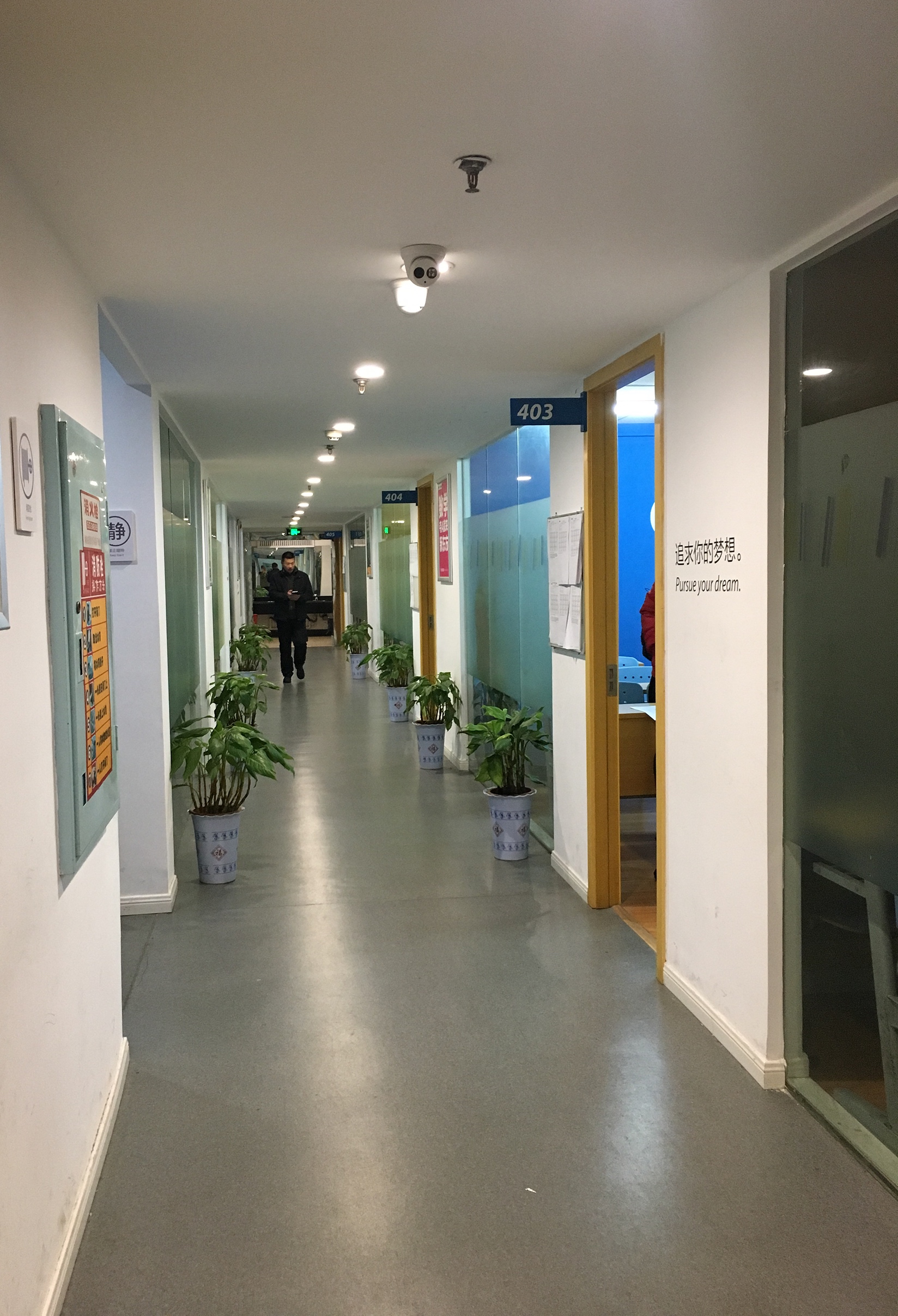
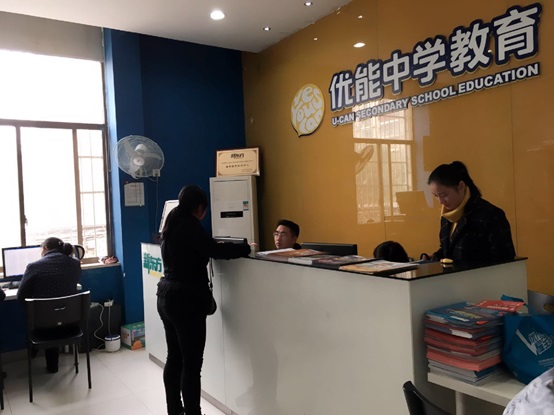

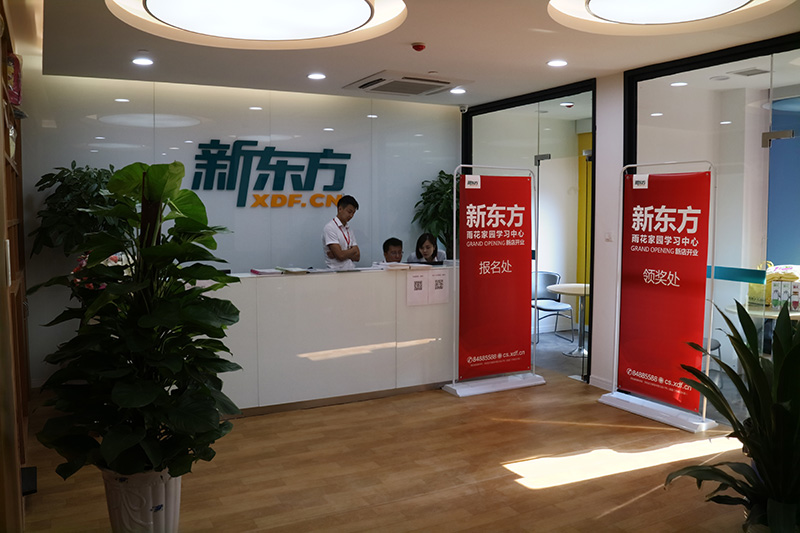




 京公网安备11010802021790号
京公网安备11010802021790号









 学习资料
学习资料
